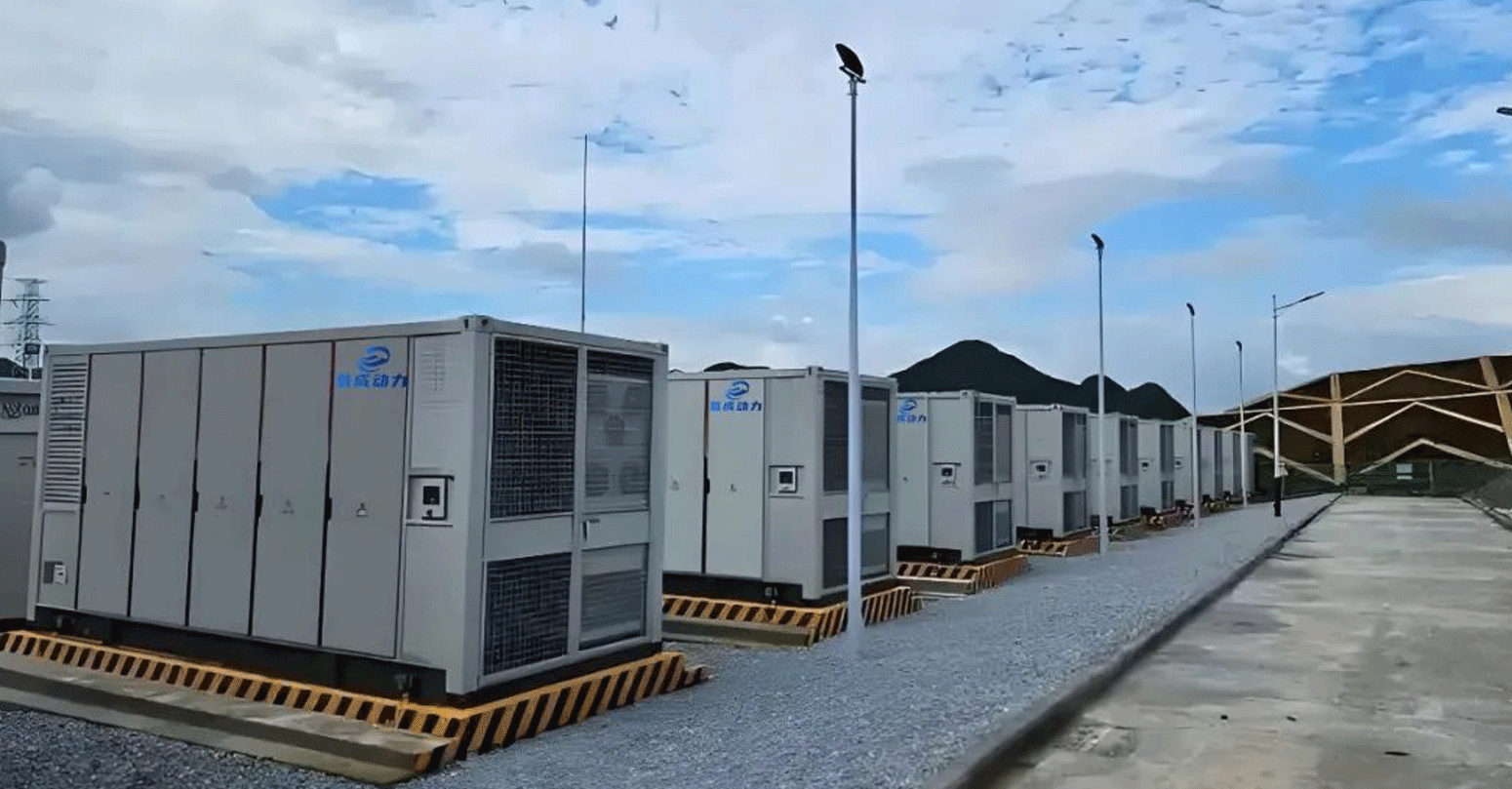Energy Storage News: Tracking Industry Hotspots!
Release time:
2025-03-10
Source:

National Policies and News
On March 5, 2025, the third session of the 14th National People's Congress opened at the Great Hall of the People, and Premier Li Qiang delivered the government work report.
-
China's energy consumption per unit of GDP decreased by more than 3%, and renewable energy added installed capacity 370 million kilowatts. -
Newly cultivated a number of national-level advanced manufacturing clusters, commercial aerospace, BeiDou applications, new energy storageand other emerging industries developed rapidly. -
Promote energy conservation and carbon reduction transformation in key industries, promote the development and utilization of new energy, the proportion of non-fossil energy power generation in total power generation is close to 40%.
Local Policies and News
Regarding energy storage battery cabins, the document states that before grouping the batteries, the individual battery units should be screened to confirm that important parameters such as voltage, internal resistance, self-discharge, and capacity are consistent; the connections of battery units in the module should minimize parallel connections, and the safety valves of the batteries should be oriented upwards; the polarity markings of the module terminals should be correct and clear, with structural protection against reverse connection and electric shock; the battery module casing should be equipped with a pressure relief device. In addition, it is also required that the direct current circuit of the energy storage unit and the battery cluster circuit should be equipped with direct current disconnection devices, which should be able to reliably disconnect in the event of a fault.
The document proposed.Integrated source-grid-load-storage, distributed renewable energy, new energy storage, distributed intelligent grid.And other construction goals.
Integrated source-grid-load-storage: By 2027, the construction of distributed intelligent grids will develop in a normalized manner,with 1,000 integrated source-grid-load-storage demonstration projects completed.
Distributed renewable energy: It is expected that by 2027, distributed renewable energy will reach 56 million kilowatts; from 2024 to 2027, the installed capacity of distributed photovoltaics will reach 37.19 million kilowatts, 42 million kilowatts, 45.8 million kilowatts, and 49.2 million kilowatts, with an average annual growth rate of 9.8%; distributed wind power will reach 3.13 million kilowatts, 5.2 million kilowatts, 6 million kilowatts, and 6.8 million kilowatts, with an average annual growth rate of 29.5%.
New energy storage: It is expected that by 2025, the installed capacity of new energy storage will reach 6 million kilowatts,and by 2027, it will reach 10 million kilowatts, with an average annual growth rate of 91.0%.
International dynamics.
India's mandatory energy storage for new energy.
Recently, the Indian Ministry of Power issued a regulation for all relevant renewable energy implementing agencies and state power companies, requiring that photovoltaic projects must be equipped with energy storage systems at a rate of 10%/2h during the bidding process.
The purpose of this regulation is to alleviate the intermittent issues of photovoltaic power generation and provide power support during peak electricity consumption periods. The Ministry of Power further pointed out that distribution companies may also consider introducing 2h energy storage systems in rooftop photovoltaic systems.
The Indian Ministry of Power stated that the decline in battery costs may further reduce the curtailment of solar power generation and help save high costs of purchasing electricity at night.
According to this regulation, the Indian government expects to add approximately 14GW/28GWh of energy storage capacity by 2030. Renewable energy bidding in India is expected to surge in 2024, with bidding capacity nearing 70GW and allocating 40GW. Nearly half of these bids are photovoltaic projects. According to this new regulation, future bidding content will include energy storage systems alongside photovoltaic projects.
India's goal is to achieve energy independence by 2047 and net-zero emissions by 2070, with battery storage playing a key role in achieving these goals. Previously, the Indian government introduced relevant incentive measures, including a 100% tariff exemption on battery imports, a 10-year exemption from charging fees, and incentives related to advanced battery storage production.
Key words:
Previous Page:
Recommended News
Contact
Address: Chanhe Innovation Technology Park, No. 2 Zhenxing Road, Chanhe Hui District, Luoyang City, Henan Province
Tel:0379-63869669
Mailbox:info@hydromobility.cn
Scan

Copyright©2023 Qingcheng Power Technology(Luoyang) Co.,Ltd. This website supports ipv6
Copyright©2023 Qingcheng Power Technology(Luoyang) Co.,Ltd.
This website supports ipv6






